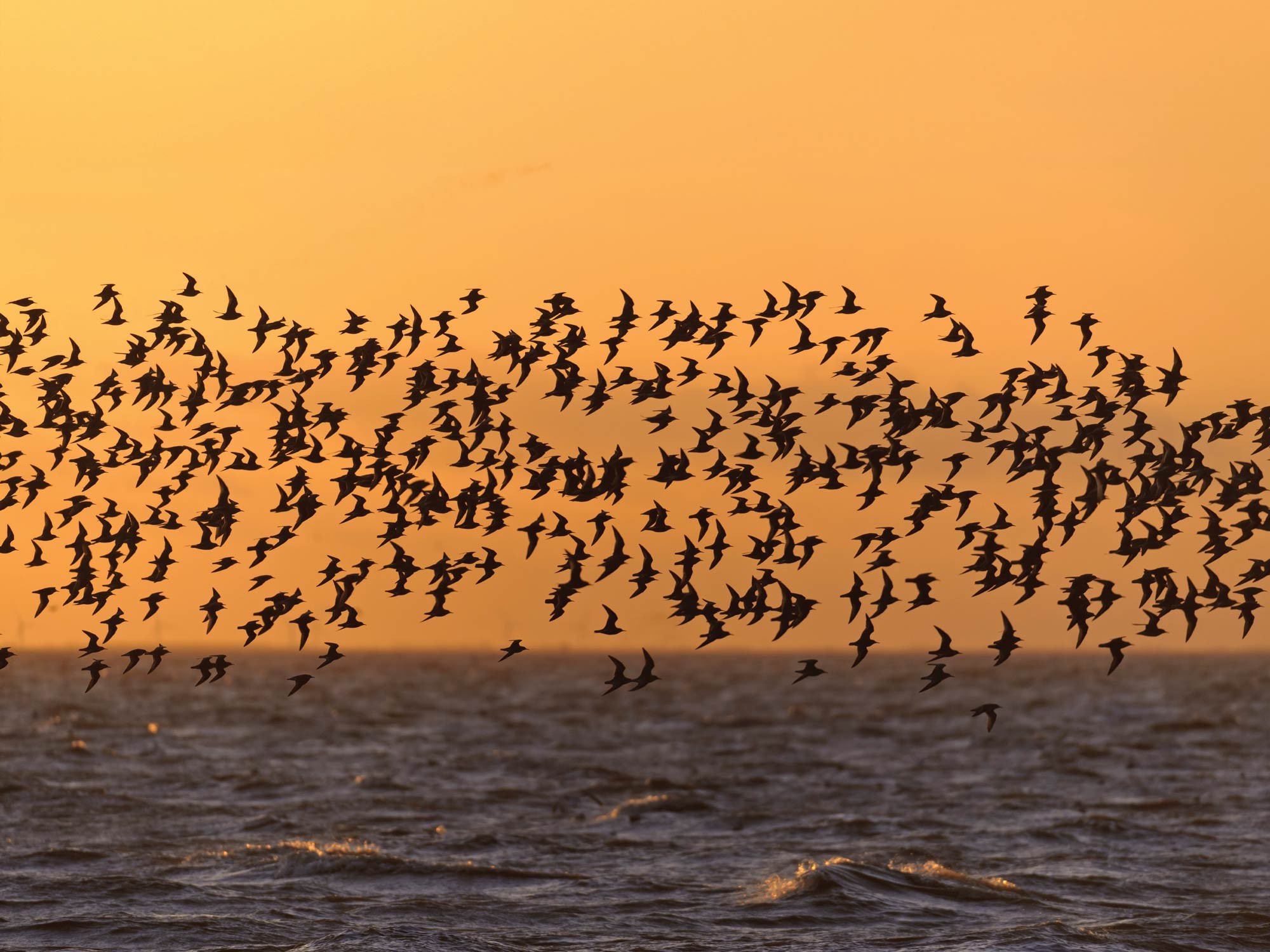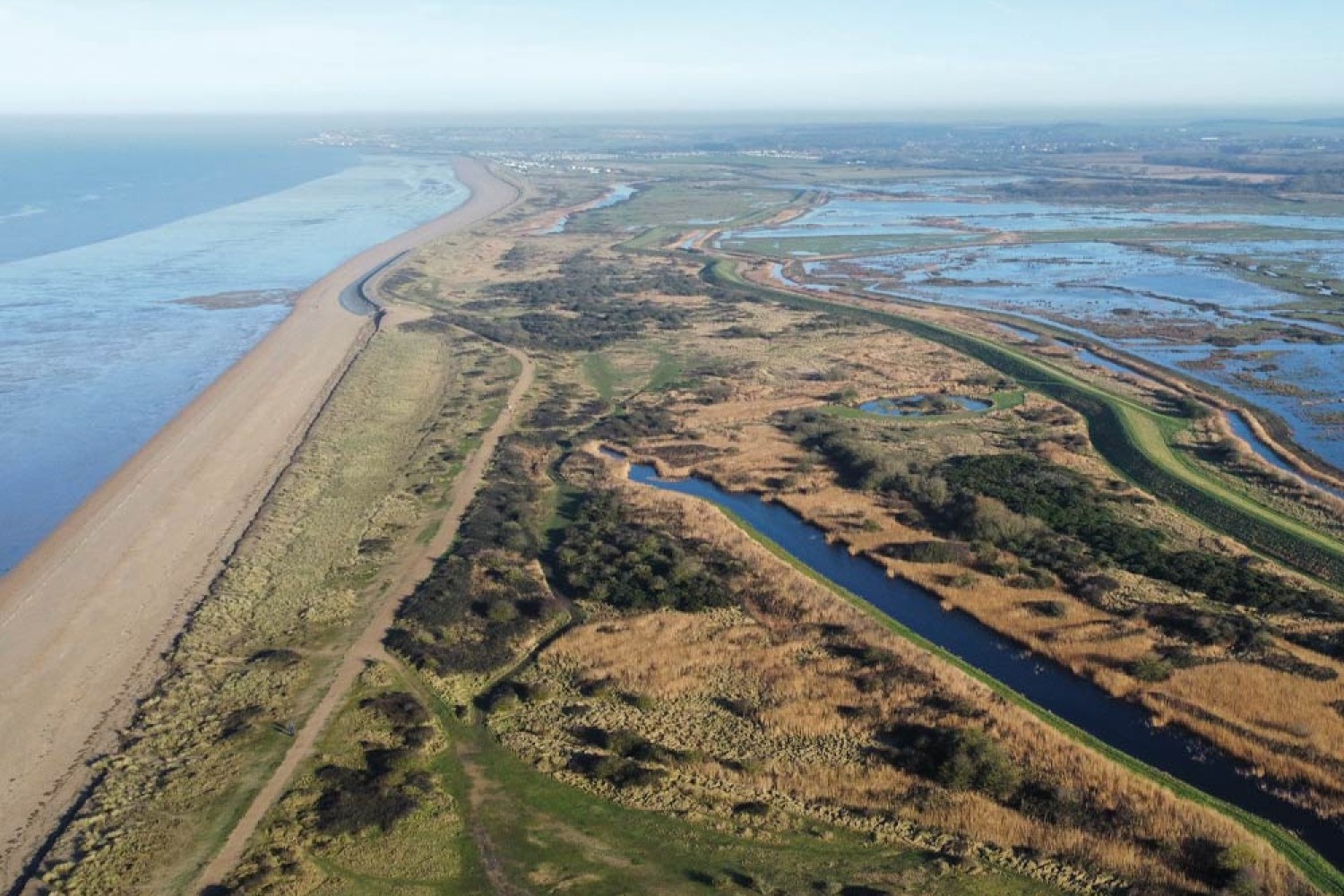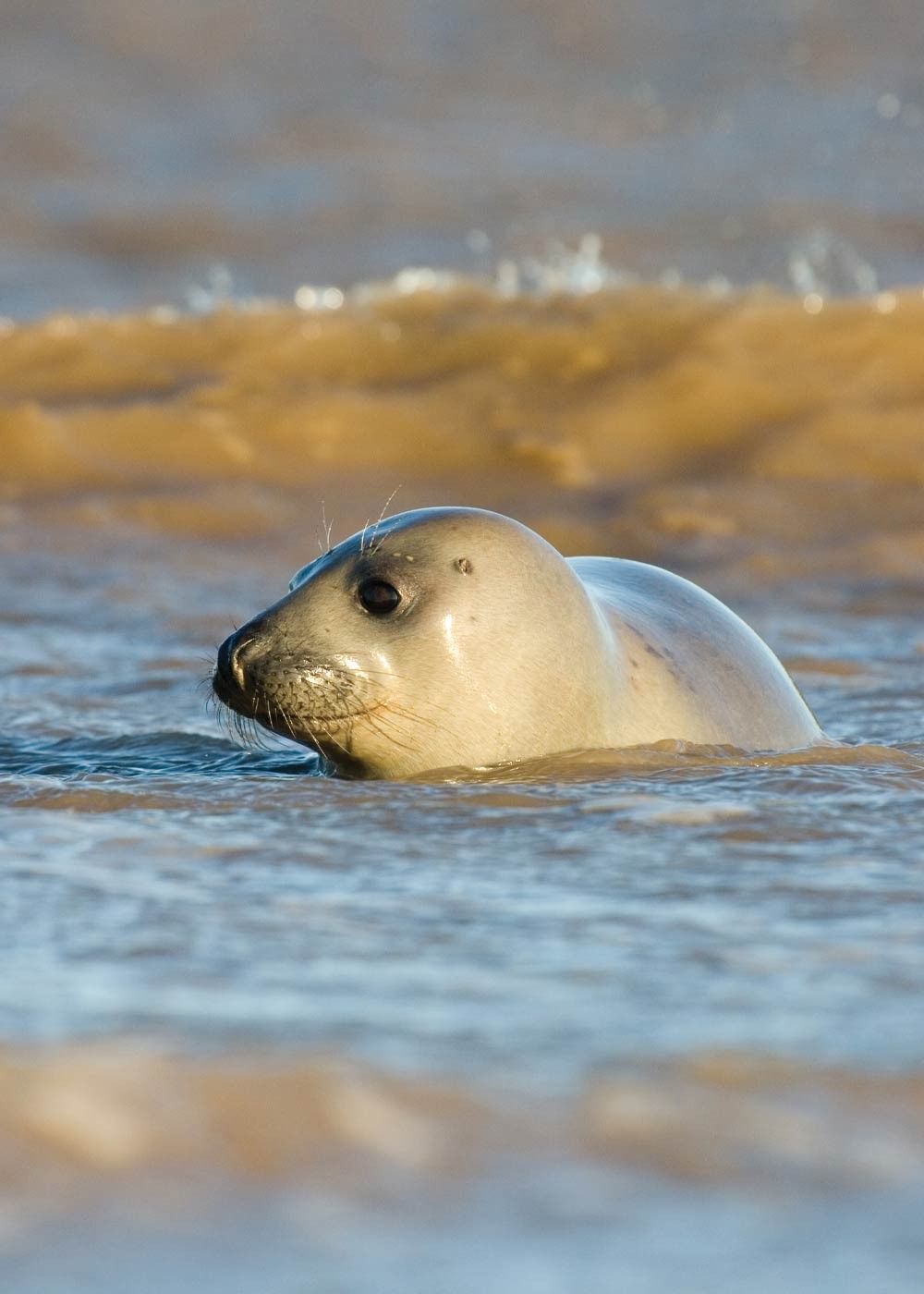
Admiring the wild wonders of the Wash
Home to the nation’s most important wetlands and an abundance of astounding wildlife, the Wash is a unique local landscape bursting with natural beauty...
Norfolk is a haven for nature and wildlife, boasting a glorious coastline, award-winning reserves and a plethora of stunning landscapes. Unrivalled, unspoilt and brimming with wonder, its richest natural treasure is undoubtedly the Wash.
Running from just south of Skegness to Hunstanton, the Wash is the largest bay in England and one of the country’s last great wildernesses. It’s renowned for being the most important wetland site in the UK, supporting thousands of striking species with its vast intertidal mudflats and magnificent expanse of saltmarsh.
The Wash is fed by four large rivers, the Great Ouse, the Nene, the Witham and the Welland, which together drain the low-lying Fens before making their way out into the North Sea. The landscape we admire today is a remnant of the much larger Fenland Basin, which once stretched back to Peterborough and Cambridge. However, it’s still England’s largest nature reserve, an established area for scientific research and an internationally important sanctuary for wildlife.
“The Wash is a vast complex containing some 62,000 hectares of wetland habitats, including mudflats and sandflats, saltmarsh, sand dunes and shingle and sand beaches,” says Ed Tooth, the RSPB conservation officer for The Wash and North Norfolk Coast. “The intertidal areas are brimming with nutrient-rich invertebrates such as molluscs and crustaceans, providing plentiful feeding areas for birds. The saltmarshes and beaches are equally valuable, offering tranquil spaces for species to rest and breed without disturbance.”
More than 400,000 non-breeding seabirds are supported by the Wash each year, and over two million birds travel through the area annually along the East Atlantic Flyway migration route. A wealth of spectacular migratory species soar in from north, south, east and west during winter, with many staying to recharge and refuel before returning to their breeding grounds in the spring.

The most numerous winged wonders on the Wash in the winter are Red Knots, which feature in the world famous Snettisham Spectacular. Occurring when exceptionally high tides drive waders off the mudflats at RSPB Snettisham reserve, this is a breathtaking natural phenomenon where hundreds of thousands of birds take to the sky in magnificent swirling swarms. Vast numbers of pink-footed geese also arrive from Iceland and Greenland in winter, flying in captivating V shaped skeins and roosting on the offshore banks of the estuary. Waders such as oystercatchers, dunlins, godwits and redshanks are often seen foraging for succulent shellfish on the saltmarsh, whilst aerial hunters like marsh harriers scour for prey from above. The waters of the Wash are also teeming with life beneath the surface, containing a stunningly varied range of invertebrates (including coral forming worms and starfish) and serving as an important nursery area for many fish like cod and skate. On the sandbanks bask members of England’s largest common seal colony, with approximately 7% of the UK’s population of the species found at the site.
As well as enabling a wealth of wildlife to thrive, this incredible landscape is considered crucial in the fight against climate change. Coastal wetlands play an important role in carbon dioxide sequestration, with saltmarshes typically capturing the greenhouse gas 40 times faster than forests. Plants growing on the marsh absorb carbon through photosynthesis and store it in the sediment beneath, which can extend several meters deep. The sediments accumulated in the Wash store approximately 11,000 tonnes of carbon every year, making an incredible contribution towards the nation’s net zero effort.

The importance of protecting and conserving the Wash is enhanced by the area’s national and international environmental designations, which include Site of Special Scientific Interest (SSSI), Special Area of Conservation (SAC) and Special Protection Area (SPA). The estuary has recently been added to a list of places in consideration for UNESCO World Heritage Site status, which would equate it with some of the UK’s remarkable designated locations - including the Tower of London, Westminster Abbey, Stonehenge and The Lake District.
With winter in full swing, the Wash is at its most spectacular. Many fascinating, fabulous and rare species flourish on its beaches, mudflats and sparkling saltmarshes. However, a distinct note of danger threatens to distort this beautiful picture. Very real proposals to build a tidal barrage across the landscape between Lincolnshire and Norfolk have caused great concern amongst conservationists, with plans including a dual carriageway and container port – which would significantly harm habitats.
“As a valuable carbon store and one of our last true wilderness areas, the Wash is irreplaceable. The rich biodiversity it supports is vital for both wildlife and human communities, which have lived alongside one another throughout history,” says Mike Jones of the Norfolk Wildlife Trust. “We have a duty to conserve these habitats and the species that depend on them, not just for their own sake but for all our futures.”
With a community of local and national supporters striving to highlight the significance of the Wash, ambitions to safeguard its splendour are strong. As one of our county’s (and country’s) greatest natural gems, it’s a landscape we hope will continue to delight and astound for generations to come.
PICTURES: A flock of red knot on the Wash © Chris Gomersall (top). An aerial shot of Wild Ken Hill, located on the edge of the Wash © Wild Ken Hill (middle) A common seal in the surf © Tom Marshall (bottom).
